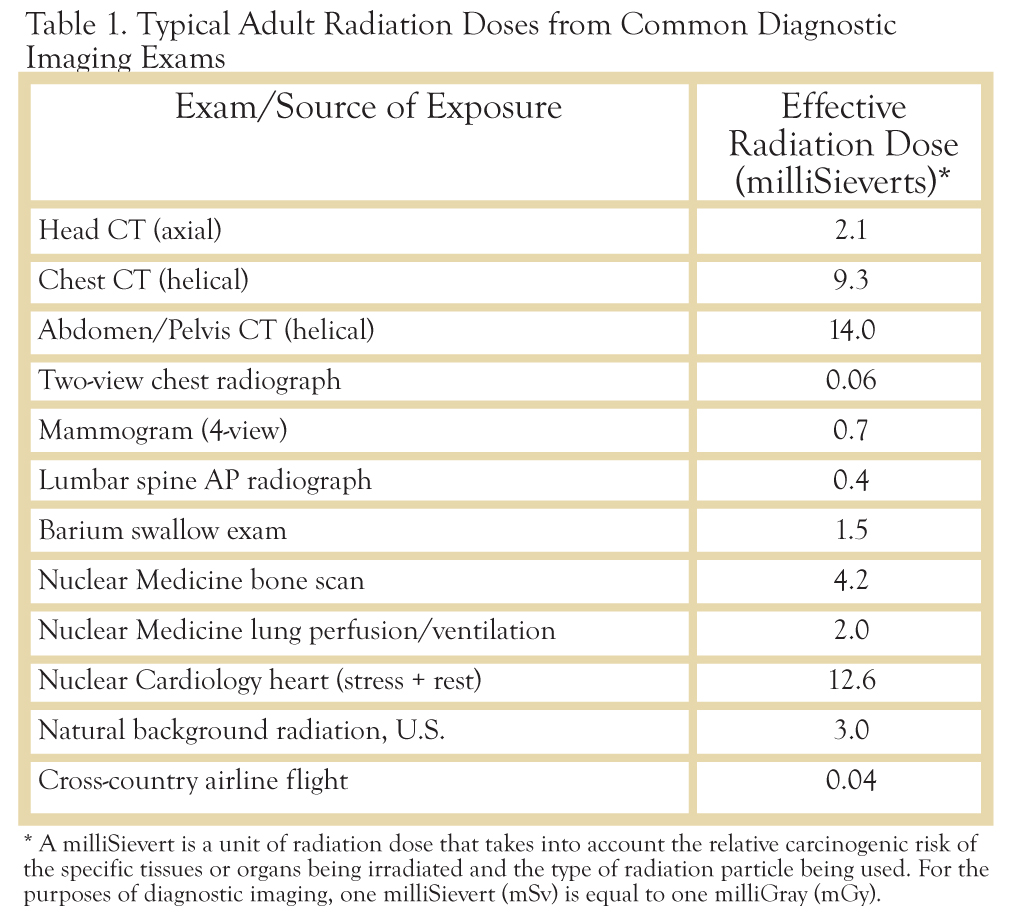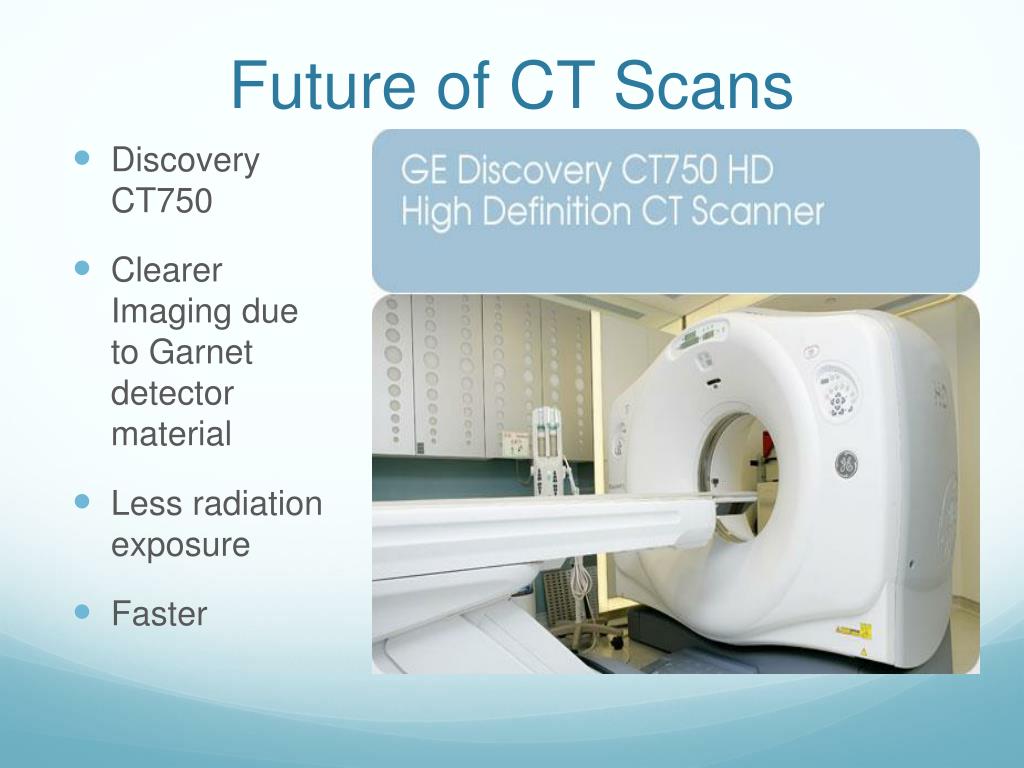

MRIs are especially useful for spotting sports injuries and musculoskeletal conditions, including: An MRI offers excellent contrast resolution for bones and soft tissues.”

“Often, problems are too subtle to see on an X-ray,” says Fayad. An MRI scanner is a highly specialized machine and may not be available in some imaging facilities or emergency rooms at other hospitals. Unlike X-rays and CT scans, MRIs don’t use any radiation.Īt Johns Hopkins, we’ve developed very fast, high-resolution MRIs that can be done in 10 minutes or less. Protons in the body react to the energy and create highly detailed pictures of the body’s structures, including soft tissues, nerves and blood vessels. What injuries require an MRI?Īn MRI, or magnetic resonance imaging, uses a powerful magnet to pass radio waves through the body. However, even if your doctor suspects a soft tissue injury like a tendon tear, an X-ray might be ordered to rule out a fracture. “That’s usually the first-line imaging,” explains Laura Fayad, M.D., M.S., chief of musculoskeletal imaging at Johns Hopkins Medicine “X-rays often allow us to see major problems with the bones.”Īn X-ray won’t show subtle bone injuries, soft tissue injuries or inflammation. An X-ray exam only takes a few minutes to complete. They appear gray or black on the image.Īn X-ray is the fastest and most accessible form of imaging. Soft tissues allow the radiation to pass through. Areas with high levels of calcium (bones and teeth) block the radiation, causing them to appear white on the image.
Resolution (level of detail in the images)Īn X-ray, also called a radiograph, sends radiation through the body. These imaging technologies differ widely when it comes to: They create images using various forms of electromagnetic energy such as radio waves and X-rays. Learn the differences between a CT scan, MRI and X-ray so you can have an informed discussion with your doctor about which type of imaging is right for you.ĬT scans, MRIs and X-rays are all diagnostic tools that allow doctors to see the internal structures of the body. 
However, imaging tests are not the same as one another. Imaging tests are extremely powerful tools that can help doctors diagnose a range of conditions. The following pages provide access to information for parents and carers, professionals who refer children for CT scans, providers of medical imaging services and oral healthcare professionals.If you’ve ever had an injury, chances are you’ve had an imaging exam.
the benefits and risks have been explained to the parents or carers. a necessary CT scan be done using a ‘kid-sized’ radiation dose. there are other imaging options that could be used. previous scans are available that could provide the information needed. a CT scan now will improve the child’s health care. This means that appropriate consideration needs to be given to whether: However, children and young people are more sensitive to ionising radiation as their bodies are still developing. It is important to ensure that CT scans are undertaken for time-critical conditions and when there are evidence-based protocols for a particular disease or certain conditions (such as, serious head trauma). However, the higher level of ionising radiation used in CT compared to other types of imaging, and their use in childhood or adolescence, has been linked to a slight increase in developing cancer later in life. Children and young people and CT scansĬT is a valuable diagnostic tool that is of benefit in a wide range of clinical situations. As CT scans involve many X-rays, they use higher levels of ionising radiation than other types of medical imaging. A computer can then turn all the X-ray images into 3D images. These X-rays are taken using a rotating ring that is moved around the body. What is a CT scan?Ī computed tomography (CT) scan uses X-rays to provide images of what is hard and soft inside a body. The Commission has published a summary report on the outcomes of their work to reduce radiation exposure to children and young people from CT scans. Assisted by a number of partners, the Commission’s work supports a reduction in unwarranted radiation exposure to children and young people. The Australian Commission on Safety and Quality in Health Care (the Commission) is promoting new and existing resources to inform the referral and provision of CT scans for children and young people.







 0 kommentar(er)
0 kommentar(er)
